Rukuna Rath Yatra Of Lord Lingaraj Today; Chariot Pulling At 3.30 PM
Bhubaneswar: The trust board of Lingaraj temple in Bhubaneswar today released the final schedule for the annual Rukuna Rath Yatra, scheduled to be held on the occasion of Ashokastami on April 16 (Tuesday).
As per the schedule, the Mangala Alati ritual of Lord Lingaraj will be performed between 5 am and 5.30 am, and the chariot pulling will begin at 3.30 pm.
Extensive arrangements have been made by the temple administration, BMC, Electricity Department, Water Resources Department and Commissionerate Police for Rukuna Rath Yatra. Preparation meetings were held 2-3 times by various departments and all preparations were completed by the 28th. The Commissionerate Police has tightened the traffic system for the Rath Yatra and Bahuda Yatra on the 20th.
Restrictions have been imposed by the Commissionerate Police on vehicular movement for Lord Lingaraj’s Rukuna Rath Yatra and Bahada Yatra. A detailed route map has been issued by the police on Tuesday and violators will be fined Rs 500 or a maximum of Rs 1000 under Section 96 of Odisha Urban Act 2003.
Ashokashtami: Know the Significance of Rukuna Rath Yatra:-
Ashok Ashtami, or Ashokastami, is associated with Goddess Shakti and Lord Shiva. The festival is mainly celebrated in Odisha and is a significant festivity at the famous Lingaraj Temple in Bhubaneswar.
Bhubaneswar, the capital city of Odisha is known as the city of temples. Bhubaneswar derived its name from the city’s presiding God, Bhagwan Shiva locally known as “Tribhuvanesvara” which means “the Bhagwan of the Three Worlds”. Popularly Bhagwan Shivji is referred to as “Bhubanesvar” and after him, the city is known as “Bhubaneswar”. Tribhuvanesvara is also known as Lingaraja.
Lingaraja Mahaprabhu is also described as “Swamyambhu Linga” (i.e. self-originated). This temple is dedicated to HariHara a form of Bhagwan Vishnu and Bhagwan Shiva
Like Shivaratri, Rukuna Ratha Yatra is considered to be an important festival in the Lingaraja temple. It is celebrated in the month of Chaitra on Shukla Ashtami (the eighth day of the bright fortnight). During Tretya Yuga, Bhagwan Rama also visited Ekamra Ksetra during the Vanavasa time (14 years of exile). Lingaraja Mahaprabhu also received him as a guest and requested him to spend some time here. The place where Bhagwan Rama stayed is known as Rameshwar. Bhagwan Rama’s birthday fell during the period of stay in Ekamra Ksetra. Lingaraja Mahaprabhu went along with Devi Parvati, Ganesha and Kartikeya on his Ratha (Chariot) to Rameshwar Temple to wish Bhagwan Rama and this festival is celebrated till day in the name of Ratha Yatra of Lingaraja Mahaprabhu. This Ratha festival lasts for five to seven days
Ratha Yatra is also famous as Rukuna Ratha Yatra or Ashokastami Yatra. This festival is believed to be “Papa Binashakari Yatra” i.e. “Festival which destroys/eradicates all evil and sins”
The Ekamra Purana describes this festival in two chapters. The same is also repeated in later texts such as Svarnadri Mahodaya and Ekamra Chandrika. The Kapila Samitha also includes Ratha Yatra as one of the seven yatras. The festival was so popular that it finds mention in the Tirthacintamani of Vacaspati Misra, Kalasara of Gadadhara, Kalanirnaya of Raghunatha, etc.
On this day, the Utsava Vigraha (Chalanti Pratima) of Lingaraja, the Shivalinga, which is believed to have been consecrated by Ramachandra, along with Gopalini (Parvati), Kumara and Nandikesvara including the image of Govinda are taken out in a Ratha from the Lingaraja temple to Rameshwar temple
The Ratha is drawn by the devotees from the Lingaraj temple to Rameshwartemple and starts its return journey on the 5th day.



Comments are closed.